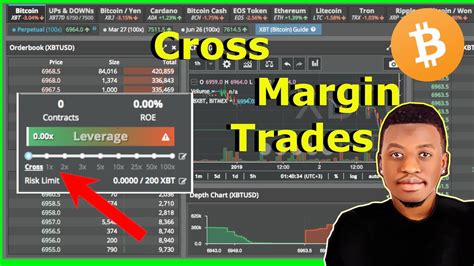Cryptocurrency Trading 101: Understanding Key Concepts
When it comes to trading cryptocurrencies, navigating the complex landscape of options and strategies can be daunting for even the most seasoned traders. In this article, we’ll break down some key concepts in cryptocurrency trading that you need to know.
1. CEX (Crypto Exchange)
A crypto exchange is a platform where users can buy, sell, and trade cryptocurrencies. The two largest exchanges in the world are Coinbase and Binance. When choosing a CEX, consider factors such as fees, liquidity, security features, and customer support.
For beginners, it’s recommended to start with smaller platforms like Gemini or Kraken, which offer lower fees and a more user-friendly interface.
2. Isolated Margin
Isolated margin is a type of trading strategy that allows traders to control their risk without using leverage on the entire account. It works by keeping all funds separate from the borrowed amount, thus reducing potential losses if the market moves against you.
To illustrate, let’s say you’re using 10% of your account balance to trade. In isolated margin, you’d only use 1% of your account balance for trading, leaving 9% available for other transactions or emergencies.
3. Limit Order
A limit order is an order to buy or sell a currency at a specific price, based on the best available quotes in the market. Once placed, it cannot be changed or cancelled, unless executed by another party.
Limit orders are useful when you want to buy a currency at a certain price and may not be able to do so within that range due to high demand or market volatility.
Example: Suppose you want to buy 1 BTC (Bitcoin) with $10,000. If the current market price is $15,000, your limit order would specify “Buy 1 BTC at $12,500 or better.”
By understanding these key concepts in cryptocurrency trading, you’ll be well-equipped to navigate the complex world of options and strategies. Always remember to carefully assess each trade’s potential risks before placing an order.
Disclaimer:

Crypto trading involves significant risks, including the loss of principal investments. It’s essential to thoroughly research and understand your chosen strategy before using it in real-world trades.

